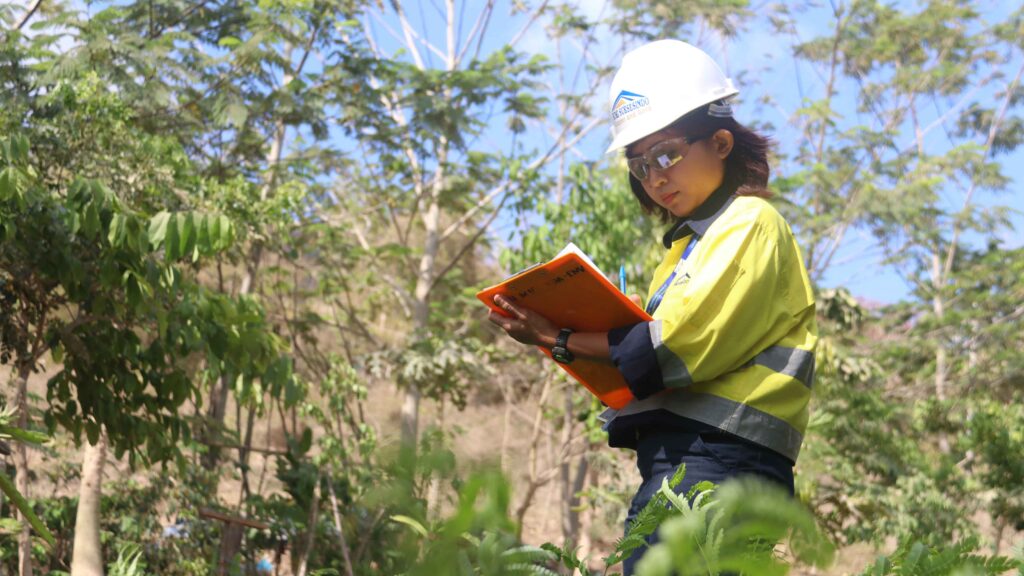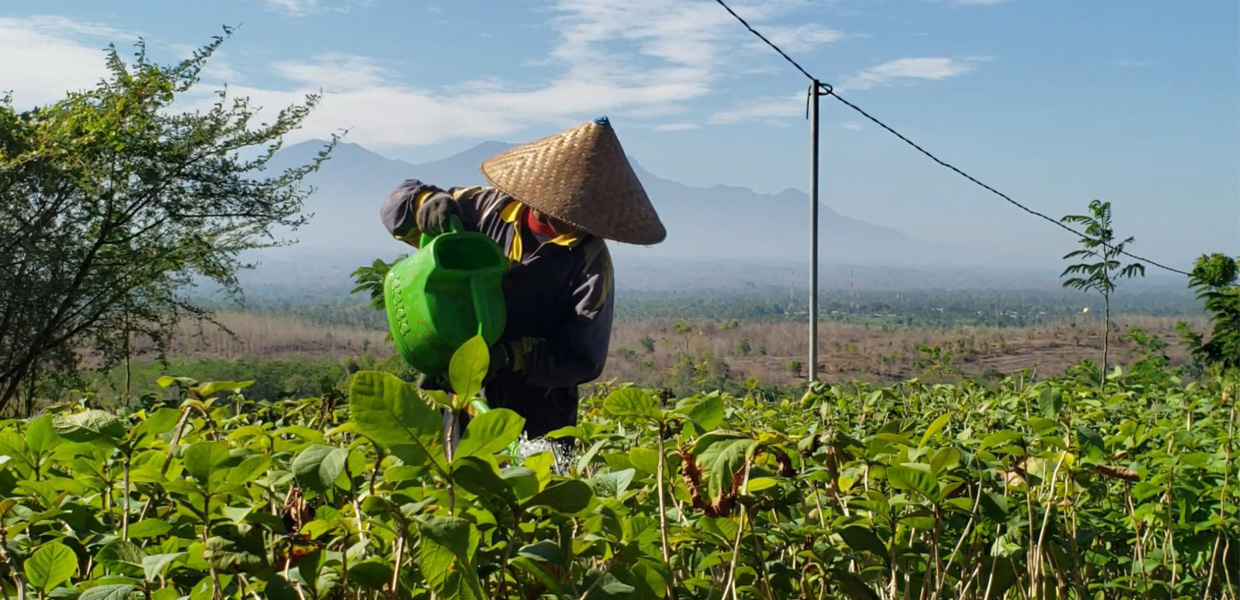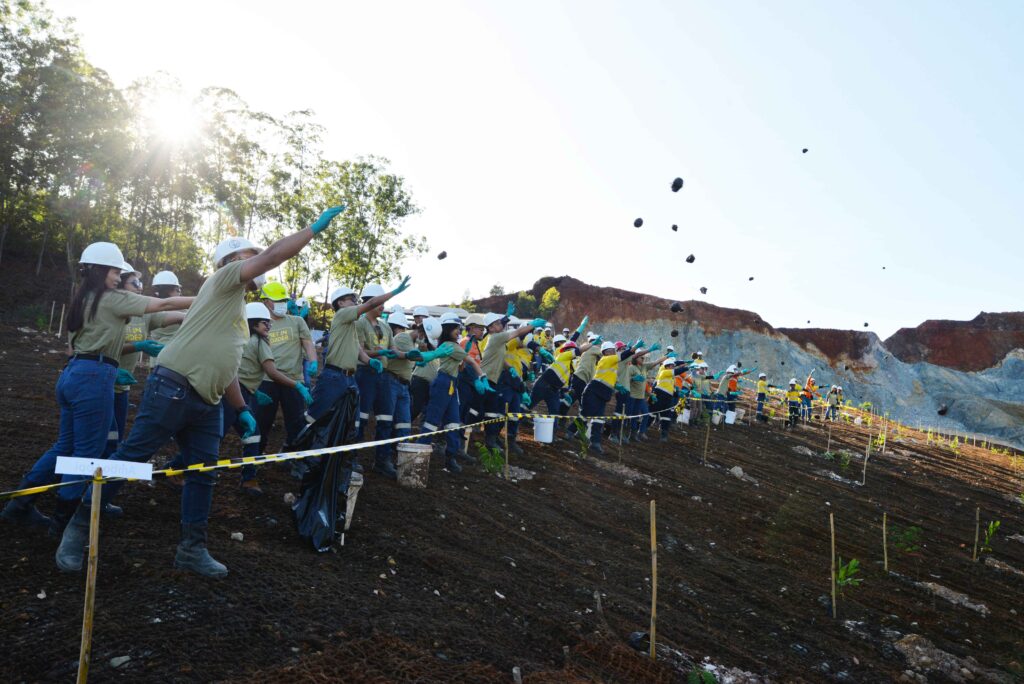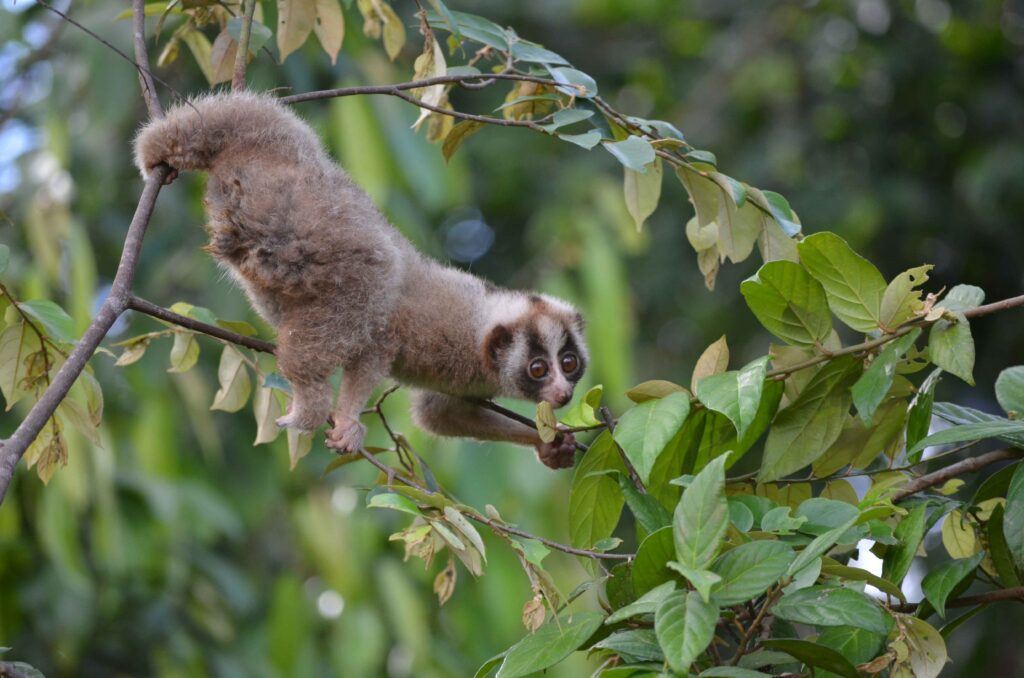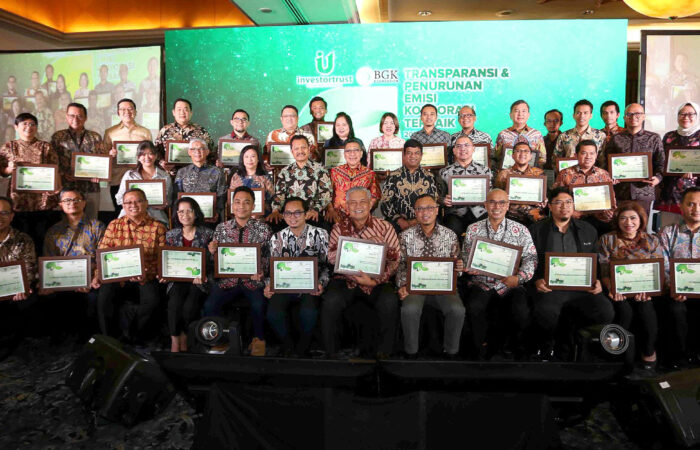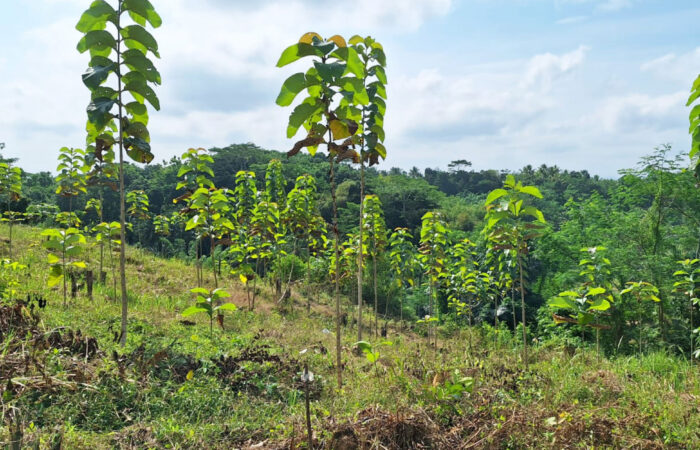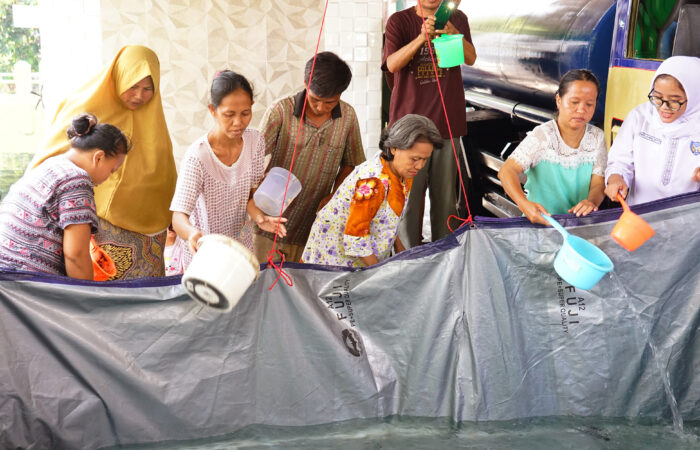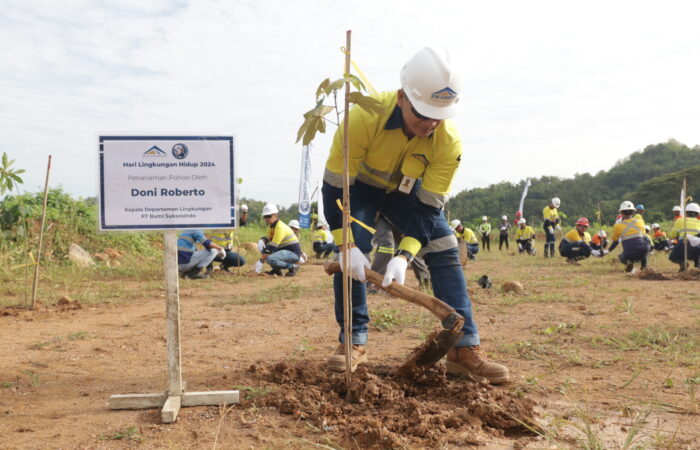

PT Merdeka Copper Gold Tbk menjaga keanekaragaman hayati di kawasan yang menjadi area operasi tambang melalui reklamasi, rehabilitasi, dan pelindungan flora dan fauna. Untuk dapat mengoperasikan tambang di kawasan hutan, Merdeka memiliki Persetujuan Penggunaan Kawasan Hutan (PPKH) dari Kementerian Lingkungan Hidup dan Kehutanan.
Di area PPKH, Grup Merdeka hanya membuka lahan yang benar-benar diperlukan untuk operasi tambang, sehingga menyisakan cukup banyak kawasan hutan yang dapat terus menjadi habitat flora dan fauna semula, yang terus dijaga dan dipantau secara rutin dengan melibatkan pihak independen.
Di area PPKH yang digunakan untuk operasi tambang, Grup Merdeka mengembalikan kondisi lahan dengan menerapkan reklamasi progresif—reklamasi yang dilakukan begitu satu area selesai digunakan, tanpa menunggu berakhirnya seluruh operasi tambang.
Grup Merdeka melakukan reboisasi yang wajib dilakukan oleh pemilik PPKH. Untuk Pulau Jawa, yang luas hutannya kurang dari 30 persen dari luas daratan, pemegang PPKH wajib menyediakan lahan kompensasi dalam keadaan sudah direboisasi, minimal dua kali lipat dari luas PPKH. Sementara di luar Pulau Jawa, yang luas hutannya masih di atas 30 persen, yang wajib direboisasi adalah lahan kritis yang ditetapkan Kementerian Lingkungan Hidup dan Kehutanan
Rencana reklamasi dan reboisasi kawasan hutan oleh setiap operasi tambang Grup Merdeka disajikan, disetujui, dan dilaporkan setiap tahun dalam Rencana Kerja dan Anggaran Belanja (RKAB). Pelaksanaan kegiatan reklamasi diatur dalam dokumen-dokumen AMDAL (Analisis Mengenai Dampak Lingkungan Hidup), Rencana Reklamasi (RR), Rencana Penutupan Tambang (RPT), dan Keputusan Menteri ESDM No. 1827 Tahun 2018 tentang Pedoman Pelaksanaan Kaidah Teknik Pertambangan yang Baik.
*
